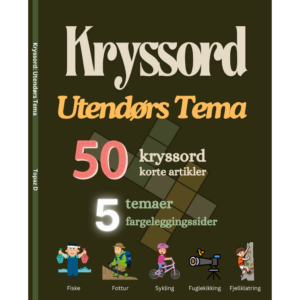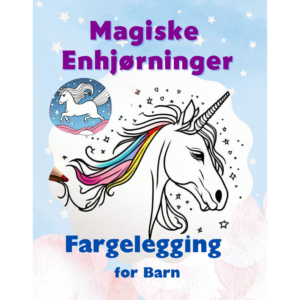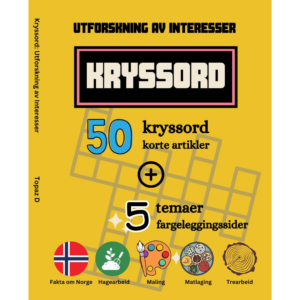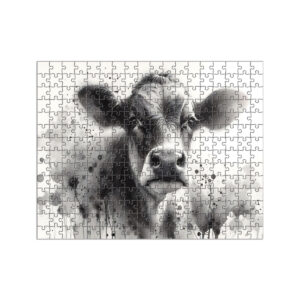
Explore & Play
Discover interesting topics and solve the accompanying crossword puzzle.
King Crossword: Mastering History from Arthur to Tutankhamun
Table of Contents
King Crossword
You can either fill in the crossword puzzle directly on this page or click the button in the bottom right corner to print it for free.
——————————————
Mastering the King Crossword: From Arthur to Tutankhamun and Beyond
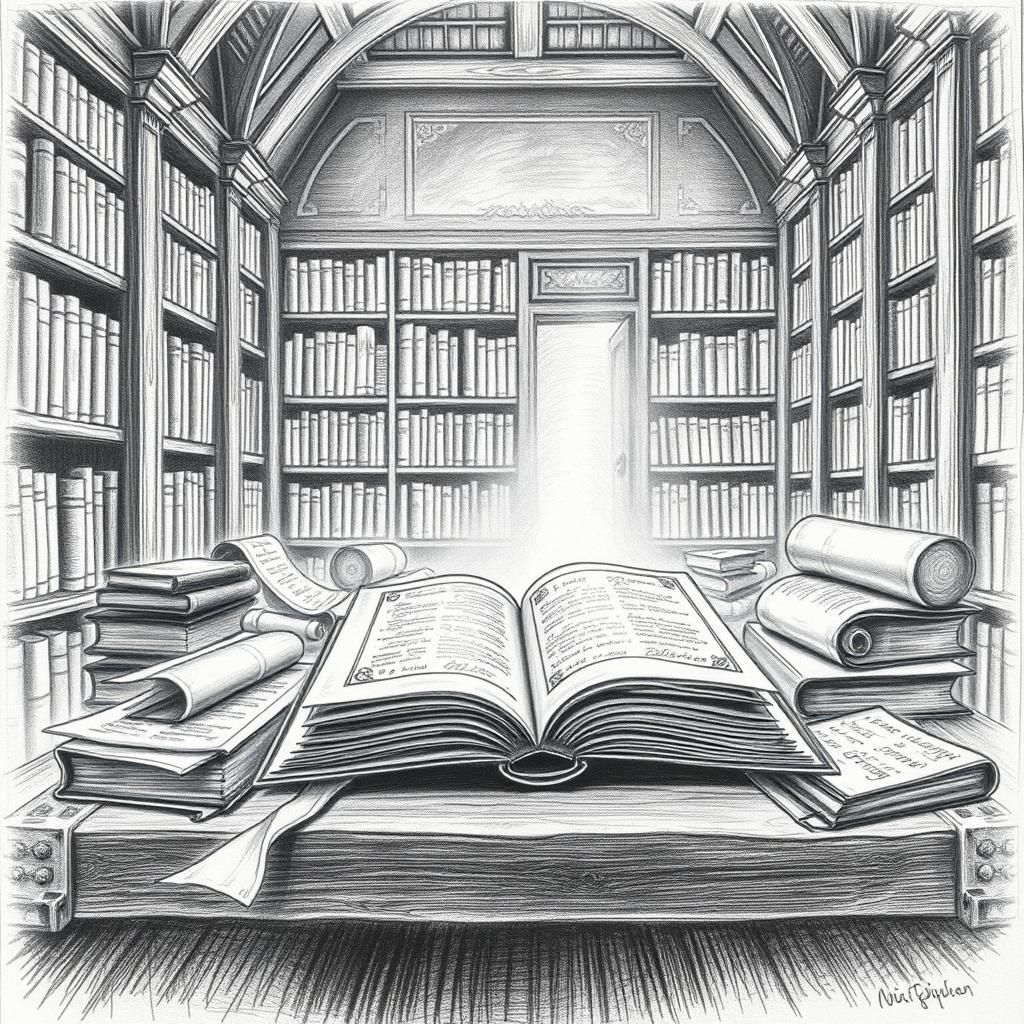
Introduction
Picture sitting at your kitchen table, coffee steaming beside you, as you pencil in the answer to a clue that simply reads “Monarch often depicted with an apple?” The thrill isn’t just in cracking the word but in the layers behind it — history, myth, culture — all wrapped inside that crossword square. King Crossword puzzles hold a special place in the hearts of solvers, whether they enjoy the casual nudge of a Sunday puzzle or dive deep into the challenge of a themed tournament round.
What makes these puzzles so captivating isn’t just the regal names themselves — Arthur, Tutankhamun, Henry VIII — but the stories and legacies that breathe life into each clue. The royal themes add a richness that stretches beyond simple wordplay, inviting solvers to explore tales of power, mystery, and intrigue with every intersecting letter. In this article, we’ll journey through these puzzles’ majestic terrain, blending historical fact with myth-busting, and highlighting some of the most clever clues to keep your mind sharp and curiosity alive. Ready to unlock the crown jewels of crossword culture? Let’s begin.
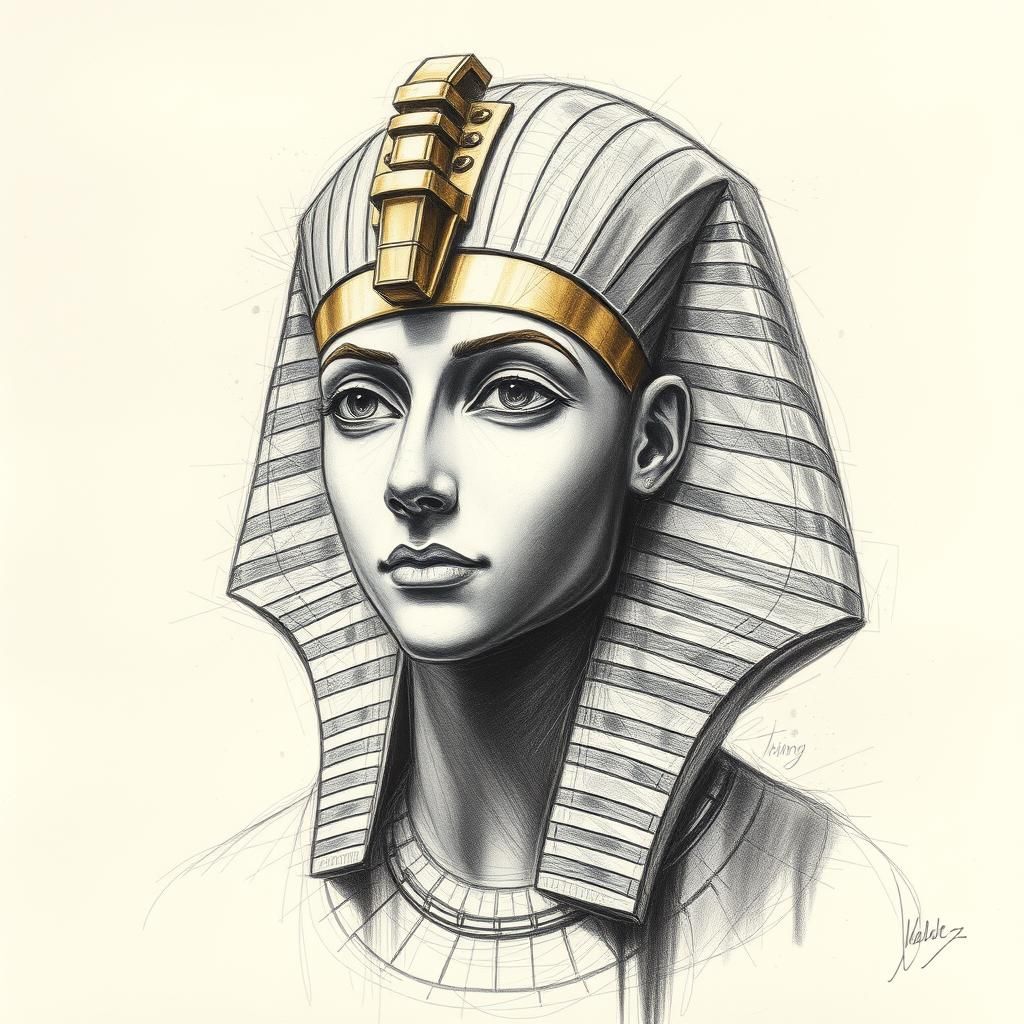
King Tutankhamun: The Boy King in Crosswords
Step into the world of King Tutankhamun — or simply “King Tut” as most crossword clues prefer. This boy king’s story is a curious blend of youthful mystery and enduring fame that puzzle makers love to play with. Born around 1341 BCE, Tutankhamun ascended the Egyptian throne as a child, his reign brief but illuminated by the treasures buried with him. In crosswords, you’ll often find clues referencing his youth—like “Young Egyptian pharaoh” or simply “Tut’s land”—drawing on his image as the “boy king.”
But behind the golden mask and whispered legends lies a more grounded truth. The notorious “Curse of King Tut’s Tomb” — the supposed supernatural doom that befell early explorers—has long stirred imaginations. It began with figures like Arthur Mace, one of the archaeologists who entered Tut’s tomb in 1922, whose untimely death helped fuel spooky tales. Modern experts, however, strongly debunk this myth, attributing deaths more to natural causes than curses. Still, the allure of forbidden magic persists, making for tantalizing crossword fodder.
In recent puzzles, you’ll notice a mix of formalities. Full names like “Tutankhamun” appear in larger grids, while “Tut” is often the go-to in quicker puzzles. Take the 2025 puzzle series from rexwordpuzzle.blogspot.com: clues ranged from straightforward “Egypt’s boy king” to clever references such as “Gold mask wearer” or “Thutmose successor.” These playful touches keep Tutankhamun’s legend alive, inviting solvers to connect with a king who, though young, reigns endlessly in the world of words.
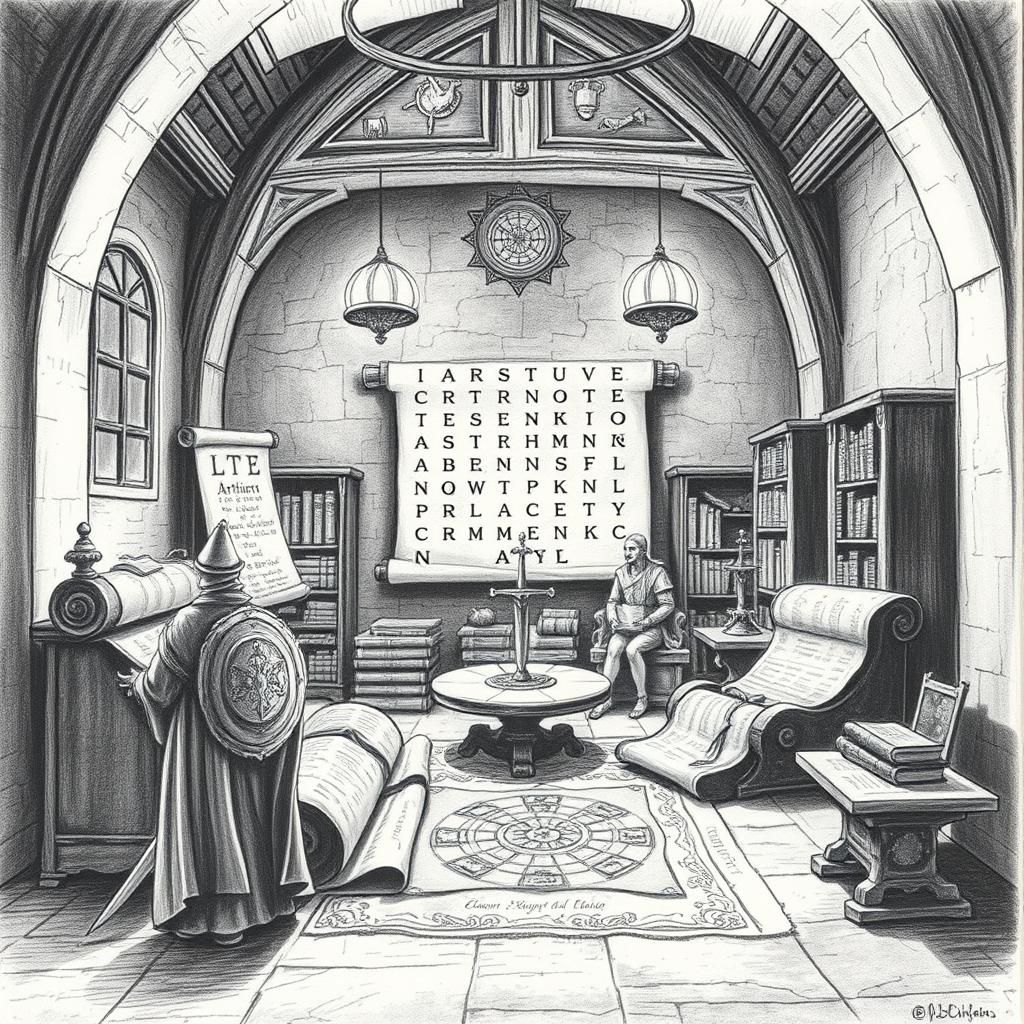
King Arthur: Legendary Themes and Crossword Appeal
Step into a world where history and legend blur, where knights gather around a shimmering Round Table and a sword named Excalibur waits to be drawn from stone. King Arthur, more than a name in dusty old books, lives on through stories passed down for centuries—and through crossword puzzles that delight in weaving his mythic threads into their grids.
Arthur’s tale is embroidered with knights, quests, and chivalry, but beneath the magic, there’s a lingering question: was there a real King Arthur at all? Scholars debate whether he was a historical leader who fought Roman invaders in early medieval Britain or simply a symbol shaped by folklore and poetic imagination. This mystery just adds to his puzzle appeal, inviting solvers to explore clues that balance fact, fiction, and everything in between.
Crossword constructors tap into the rich imagery of Arthurian legend, crafting clues that nod to iconic elements like the “Knights of the ___ (Round Table),” “Arthur’s mystical sword” (Excalibur), or the “wizard who guided the king” (Merlin). These thematic hints aren’t just doors to answers—they’re gateways into a time when honor and heroism ruled the imagination.
Collections such as The Mammoth Book of Brainstorming Puzzles showcase how Arthur’s saga offers fertile ground for wordplay, often blending historical tidbits with mythical sparks. For example, a clue might read: “Bearer of the Unyielding Blade,” nudging solvers to recall Excalibur without spelling it out. It’s a dance between history and legend, inviting both casual fans and trivia buffs to join.
For puzzle enthusiasts, the allure lies in this blend—the chance to flex your knowledge while savoring a story that feels alive. With each solved clue, you’re not just filling squares; you’re tracing the footsteps of knights and kings, connecting with a culture that treasures its stories as much as its facts. In crosswords, King Arthur is less a distant monarch and more a companion on an endless quest for discovery.
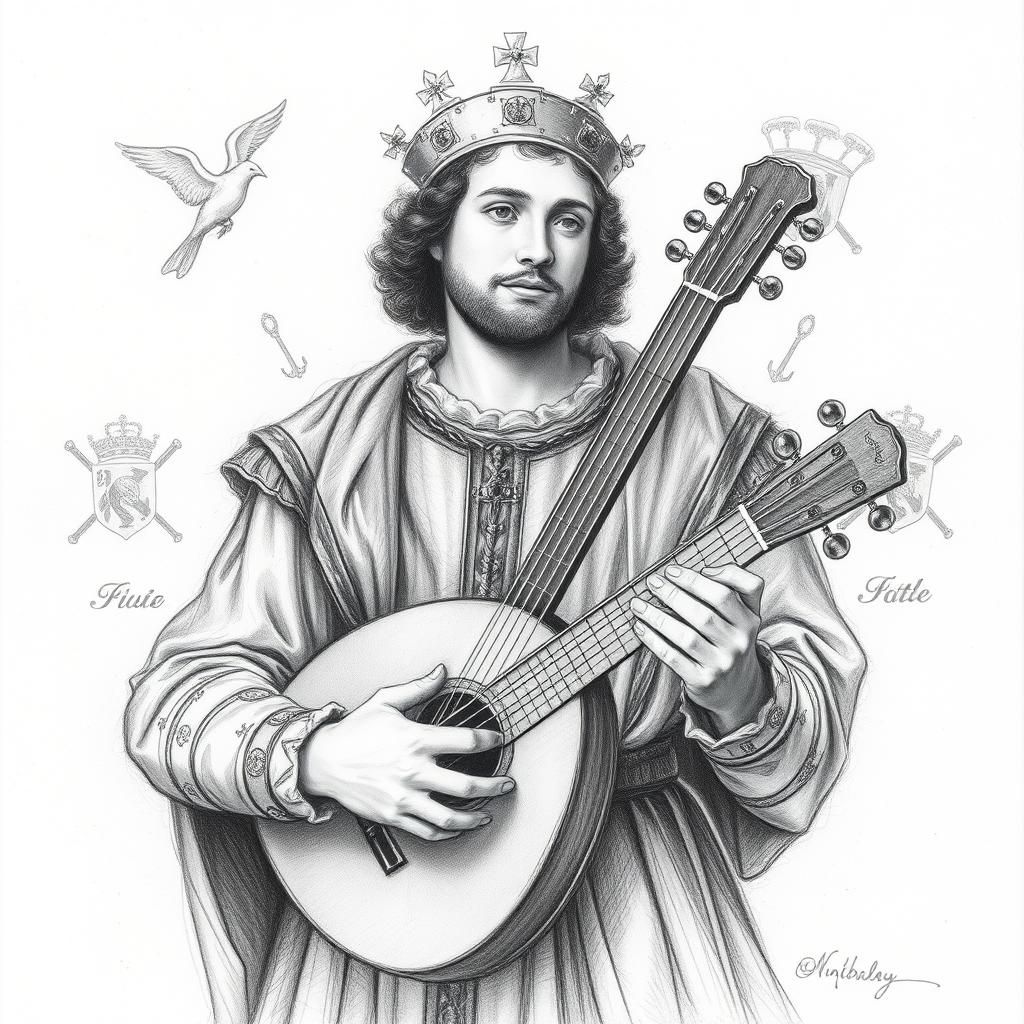
Henry VIII: Royal Youth and Regal Image in Crosswords
Picture Henry VIII not as the broad-shouldered, bearded monarch we’re used to seeing on screen, but as a lean, almost boyish figure—beardless, even a bit thin—a prince full of energy and promise. This early image of Henry, before the heavy robes and formidable reputation, opens up a fresh slate for crossword clues that play with youthful royalty rather than the legendary king many imagine.
Henry’s early life was marked by his athleticism and intellectual pursuits; he was known for excelling in music, poetry, and sports like jousting. Crossword puzzles tap into this lesser-known side by including clues about his interests or descriptors like “young Tudor ruler” or “beardless English king.” These clues offer solvers a peek beyond the familiar crown, inviting them to see Henry as a vibrant youth who hadn’t yet earned the weight of history resting on his shoulders.
Popular puzzles also lean on his royal titles—“King of England” or “Tudor monarch”—and famously his six wives, which provide rich fodder for clue writers. But it’s the mixing of historical fact with cultural portrayals, such as those from films and series, that keeps Henry VIII’s name alive and compelling in crosswords. The sharp contrast between his adolescent image and the stern older king makes the clues all the more intriguing, letting solvers feel closer to the man behind the legend.
For those wanting to dive deeper, the New York Times recently highlighted this youthful Henry, shedding light on the prince before the king. It’s a reminder that crosswords are not just puzzles—they’re little time machines, whisking us into intimate moments of history with each answer filled.
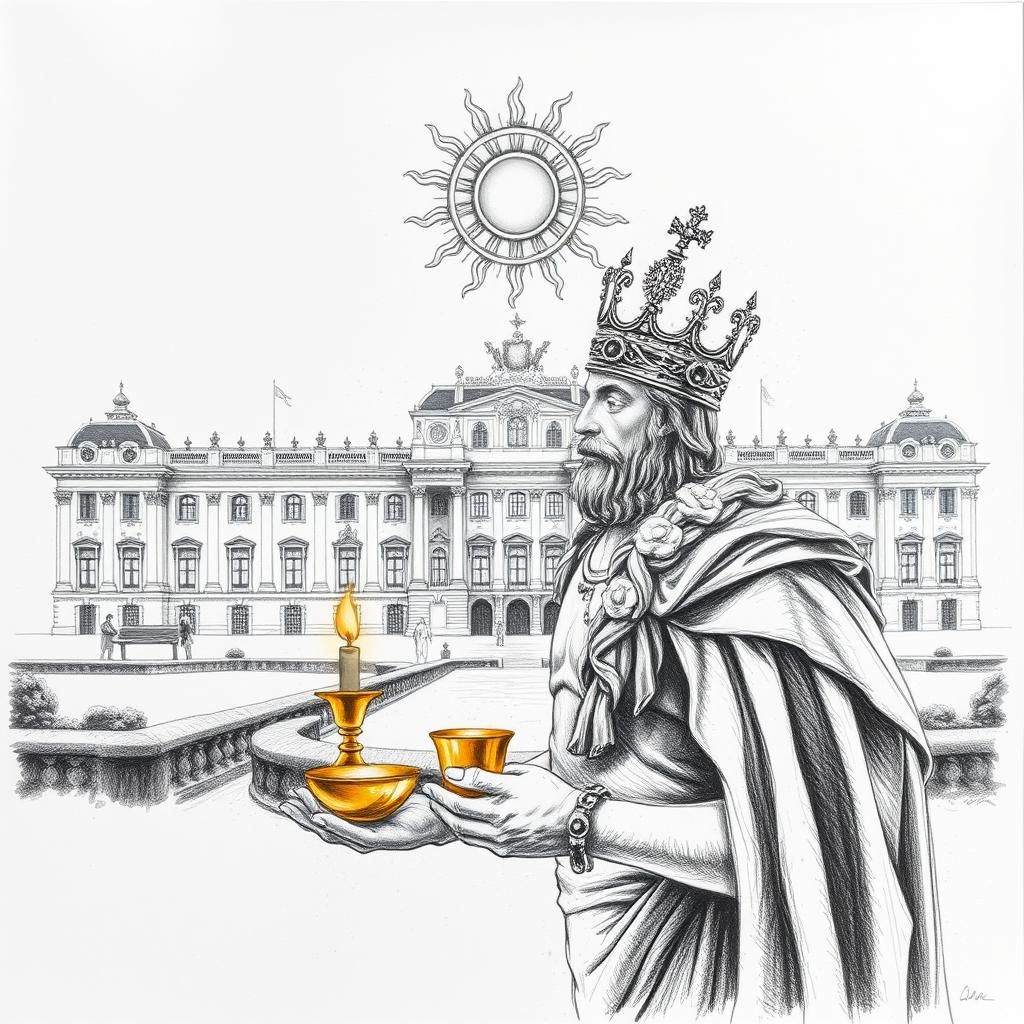
Louis XIV and King Midas: Grandeur and Myths in Puzzle Culture
Step into the dazzling courts of Louis XIV, known far and wide as the Sun King. Picture him not just as a monarch draped in velvet and gold, but as the very embodiment of royal spectacle—his reign a stage set for grandeur, with Versailles as its glittering centerpiece. Crossword clues often lean into this image, evoking the gilded halls and the king’s legendary association with the sun. Yet, behind the myth lies a man who wielded power with cunning, centralizing France’s government and patronizing the arts like few before him. Crosswords invite solvers to tease apart fact from fancy—“Sun King” might hint at Louis XIV, but clues may also nod to his lavish lifestyle or political savvy, subtly unraveling common misconceptions.
Then there’s King Midas, whose golden touch has turned from myth to metaphor. His story, whispered through ages, captures our imagination—everything he touched turning to gold, a gift quickly spiraling into a curse. Puzzle clues referencing Midas often play on this dual nature: wealth and greed, blessing and burden. The legend’s origins, steeped in ancient Greek storytelling, offer fertile ground for creative clueing, challenging solvers to connect “golden touch” with both literal and symbolic meanings.
Puzzles like the 2024 LA Times crossword cleverly blend these royal figures’ storied legacies, mixing historical grandeur with mythic symbolism. Clues might nudge you toward Louis XIV’s sun emblem or Midas’s shimmering curse, teasing the solver to wonder which image shines truer. Through such enigmatic hints, crosswords keep royal myths alive, allowing us to walk a fine line between history and imagination—inviting us to solve not just puzzles, but stories passed down through time.
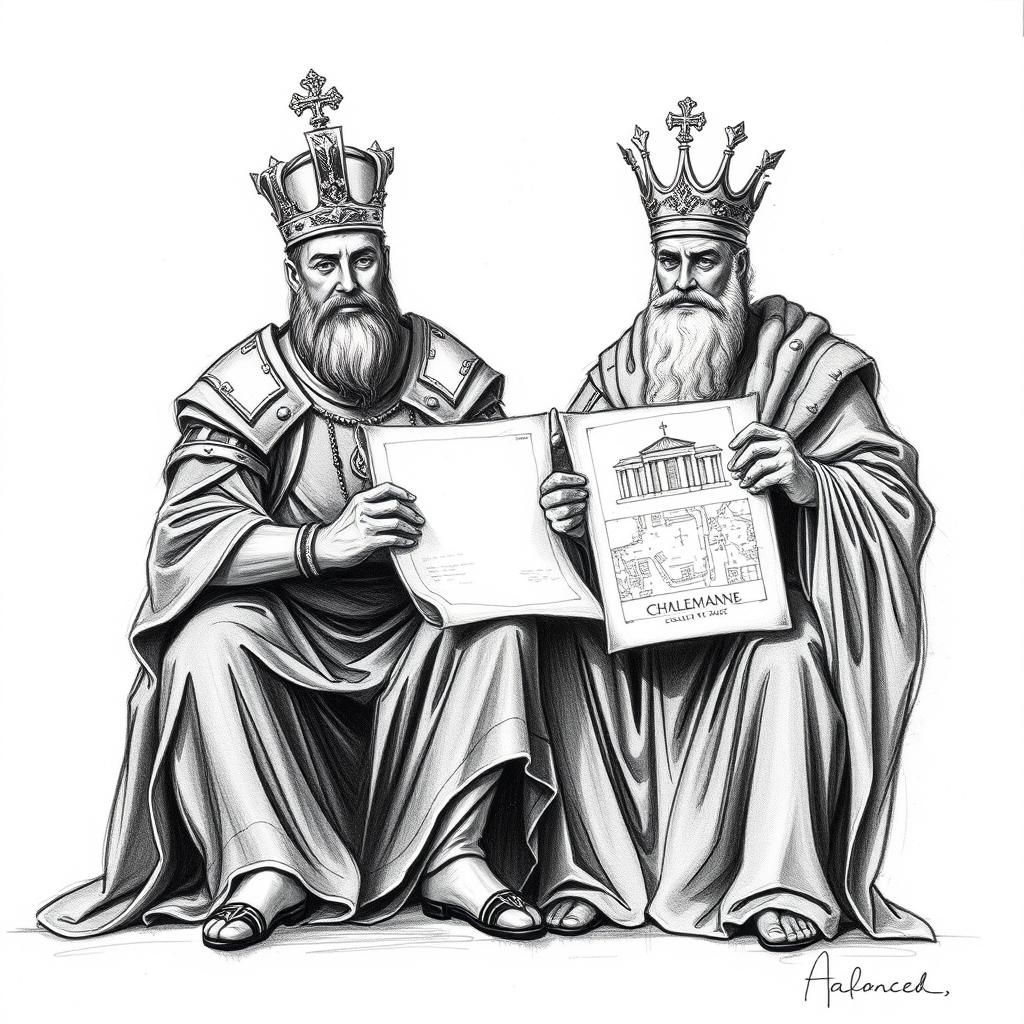
Charlemagne and Solomon: Leadership and Wisdom as Puzzle Themes
Step into a puzzle where crowns weigh heavy and wisdom lights the way. Charlemagne and King Solomon — two towering figures whose legacies ripple through history — offer rich soil for crossword clues that tease both mind and memory.
Charlemagne, crowned Emperor in the year 800, is often called the “Father of Europe.” His realm stretched across much of Western Europe, stitching together diverse peoples under one banner. Crossword clues might nod to his role as “Frankish king,” his revival of learning known as the Carolingian Renaissance, or his nickname “Charles the Great.” These references carry a weight, inviting solvers to connect a name with empire-building and medieval history without drowning in dates. It’s a balance — clues that hint at his authority and influence rather than a dry recital of facts.
On the other hand, King Solomon shines as the archetype of wisdom. His story, woven deeply into biblical tradition, highlights sage judgments and temple-building grandeur. Crossword clues inspired by Solomon often invoke his famed wisdom — think “biblical judge,” “builder of the First Temple,” or even “wise king of Israel.” These hints draw from rich cultural imagery that many recognize, even if the solver isn’t steeped in scripture. It’s wisdom made approachable, packaged in just a few letters.
Together, Charlemagne and Solomon persuade puzzle creators to blend leadership and insight into clues that feel timeless yet accessible. Their stories invite solvers to pause and reflect, to see history as more than distant—alive and ever relevant.
Puzzle enthusiasts often find that clues referencing these kings sit somewhere between approachable and challenging. They require a gentle tug on historical and cultural threads but reward with an “aha” that resonates beyond the grid. It’s in these moments that puzzles become more than games; they become bridges to deeper exploration.
So, next time you encounter a crossword nod to Charlemagne’s empire or Solomon’s wisdom, consider it an invitation. A moment to step back into an era where leadership was about vision, and wisdom was a treasure as valuable as gold. These clues don’t just test your knowledge—they spark curiosity, reminding us why these kings still command our imagination centuries later.
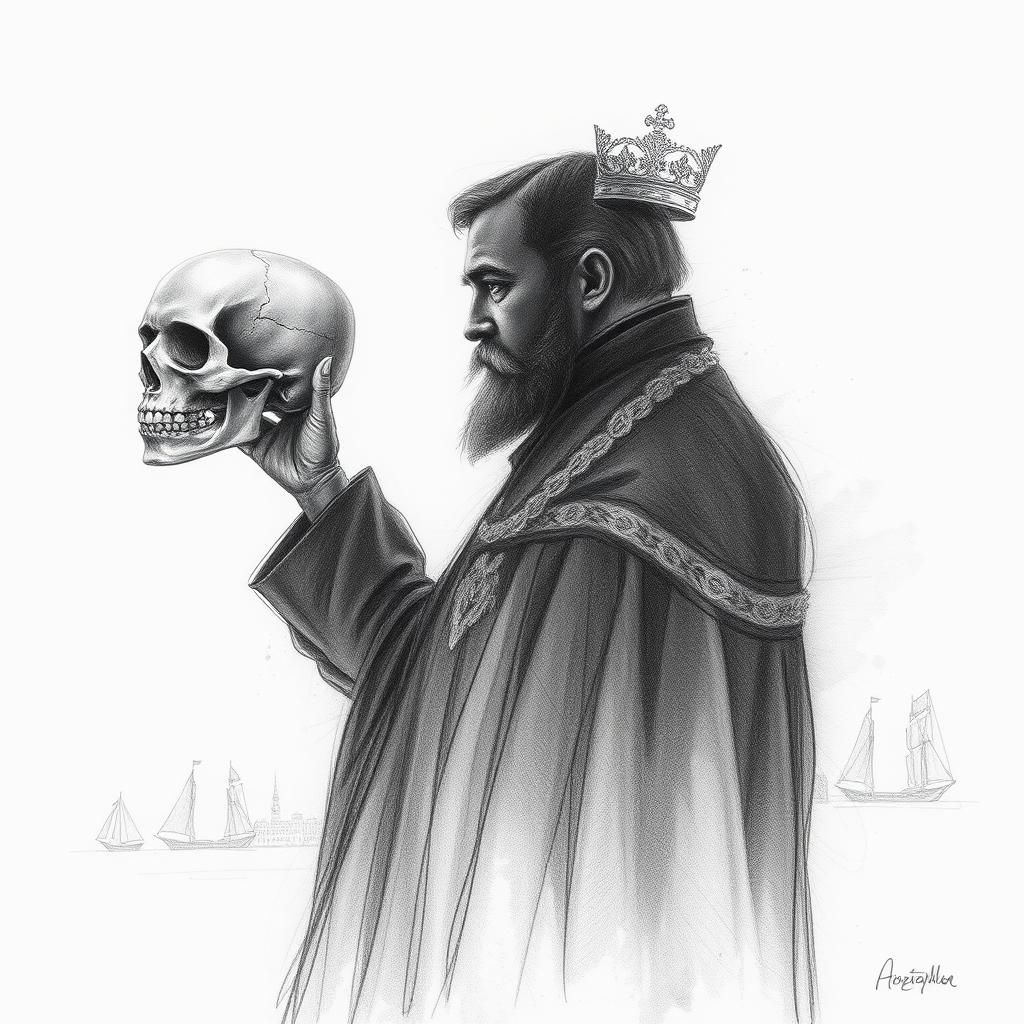
Hamlet and King Harald V: Blending Drama with Monarchy
Picture this: a crossword clue reads “To be or not to be, in two words,” nudging solvers toward the phrase that echoes through centuries of drama. Shakespeare’s Hamlet, with his endless introspection, has long been a favorite in puzzles. His brooding nature, famous soliloquies, and iconic quotes provide fertile ground for clue makers who love mixing wordplay with classic literature. Whether it’s referencing the Danish prince’s tragic flaw or the ghostly “Something is rotten” line, these clues pull solvers right into the heart of Elizabethan drama—turning history and art into a delightful challenge.
On the flip side, King Harald V of Norway brings a decidedly modern royal twist to puzzle grids. Unlike the tragic prince of Denmark, Harald is very much alive in the minds of trivia buffs and puzzle fans alike. His reign, beginning in 1991, marks a peaceful continuation of Norway’s constitutional monarchy. Clues about Harald might nod to his lifelong passion for sailing or his role in uniting a diverse Scandinavian culture. Geography, history, and current affairs mingle here, making Harald a rich source for fresh, location-based crossword entries. You might even find a subtle nod to Oslo or the Nobel Peace Prize ceremonies, both woven into his royal narrative.
What’s truly intriguing is how some puzzles creatively merge the dramatic weight of Hamlet with the steady presence of King Harald V, creating a cultural tapestry that spans centuries and genres. Imagine a themed puzzle that asks solvers to consider Hamlet’s existential questions alongside clues about Norway’s serene but firm monarchy. This blend invites a unique kind of mental dance—balancing the poetic anguish of Shakespeare’s prince with the pragmatic dignity of a modern king.
For those hungry to dive deeper, websites like crosswordsolver.org offer a wealth of examples where Shakespearean lines meet Scandinavian royalty, illustrating how puzzlemakers weave disparate threads into a coherent, enjoyable challenge. It’s a reminder that crosswords are more than just word games; they’re spaces where history, literature, and culture mingle, inviting us to see the past—and the present—with fresh eyes.
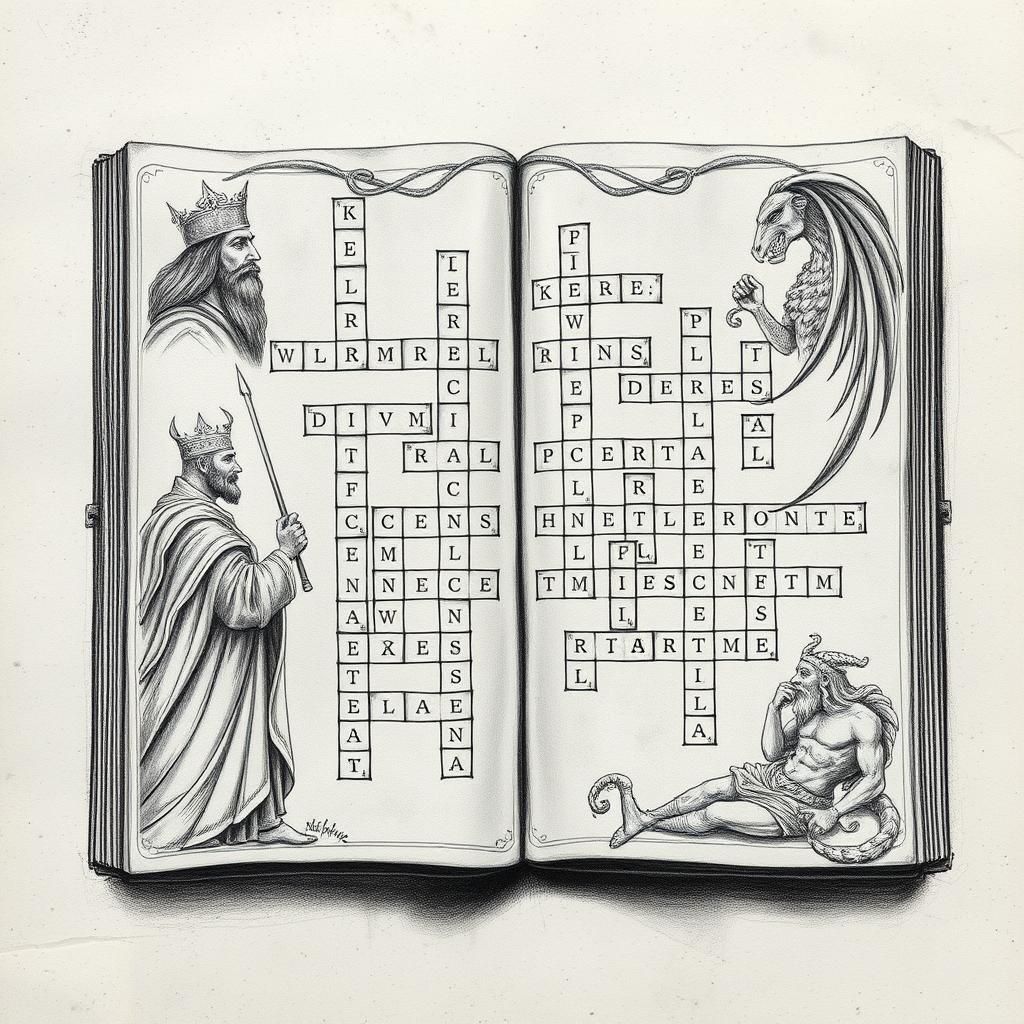
As we close this regal journey through the world of King Crossword puzzles, it’s clear that blending history with legend gives these puzzles their unique charm. Whether it’s untangling the true story behind Tutankhamun’s fame or navigating the myths surrounding Louis XIV’s grandeur, the key lies in balancing fact with the captivating stories that have whispered through time. This mix keeps solvers on their toes — challenging enough to engage the curious mind, yet approachable for anyone drawn to the allure of monarchy and myth.
King Crosswords appeal to a wide spectrum of enthusiasts. Some dive deep into historical accuracy, delighted by clues referencing real events or lesser-known royal trivia. Others embrace the playful side, enjoying how legendary figures like King Arthur add a layer of mystery and imagination. Either way, these puzzles invite you to step into a living museum where every answer is a doorway to the past, shaped by stories both true and tall.
For those inspired to explore further, there’s a treasure trove of resources awaiting. Websites like robertspage.com offer thoughtful puzzle creation tips, while communities online share fresh clues and historical insights to enrich your solving experience. So next time you pick up a crossword themed with kings and queens, remember: you’re not just filling in words — you’re weaving yourself into a tradition of storytelling that spans centuries. Happy puzzling!
Share to...
I hope you enjoy the content.
Want to receive our daily crossword puzzle or article? Subscribe!
You may also be interested in
Share to…
Want to receive our daily crossword puzzle?
-
Jigsaw Puzzles
Twelve Zodiac Cow Ink Wash Jigsaw Puzzle 250 | 300 | 500 Pieces
kr 348,00 – kr 439,00Price range: kr 348,00 through kr 439,00 Select options This product has multiple variants. The options may be chosen on the product page -
Jigsaw Puzzles
Autumn Whiskers and Pumpkin Paws Puzzle 250 | 300 | 500 Pieces
kr 348,00 – kr 439,00Price range: kr 348,00 through kr 439,00 Select options This product has multiple variants. The options may be chosen on the product page -
Jigsaw Puzzles
Fjord Elegance: Abstract Jigsaw Puzzle 250 | 300 | 500 Pieces
kr 348,00 – kr 439,00Price range: kr 348,00 through kr 439,00 Select options This product has multiple variants. The options may be chosen on the product page











